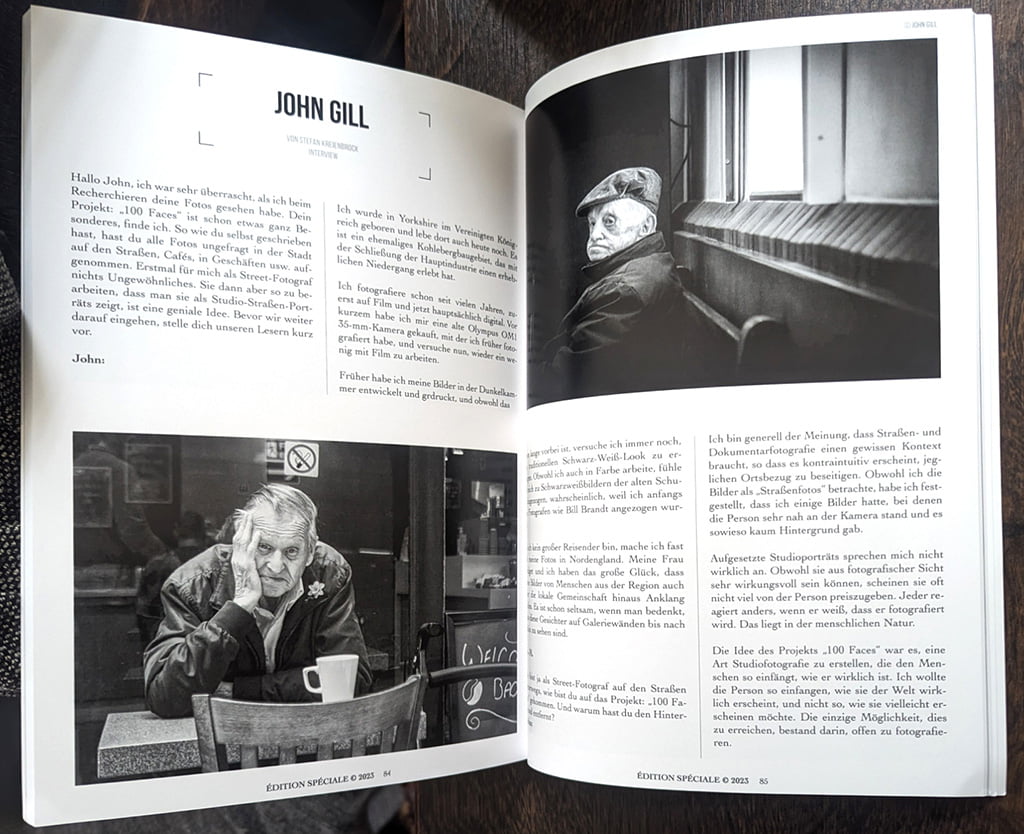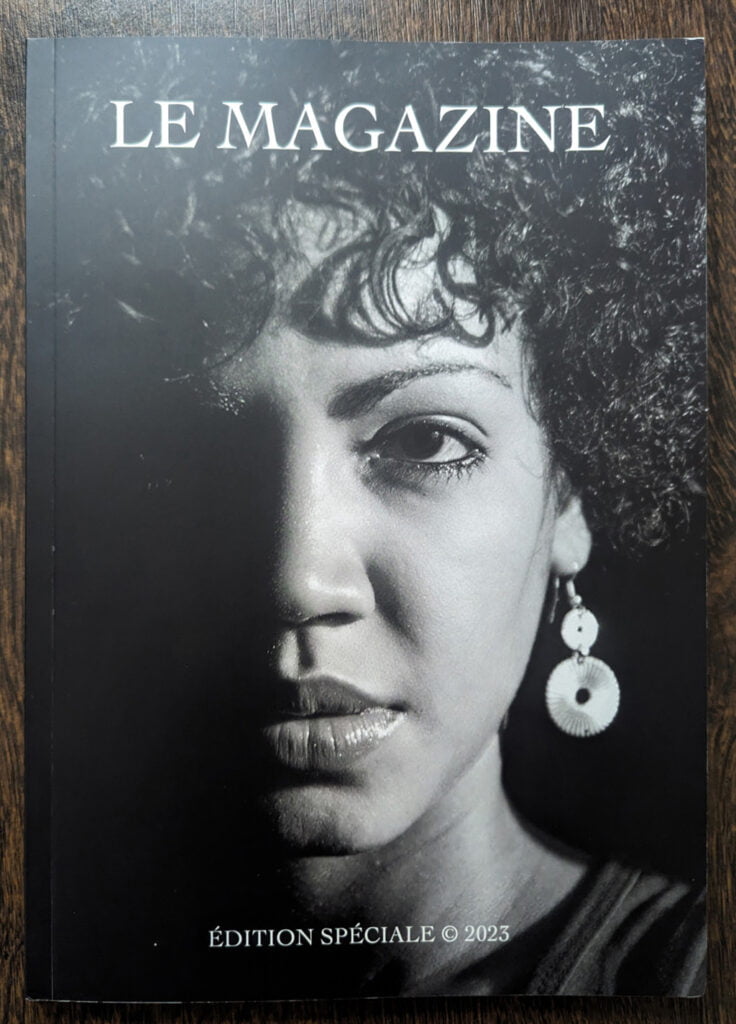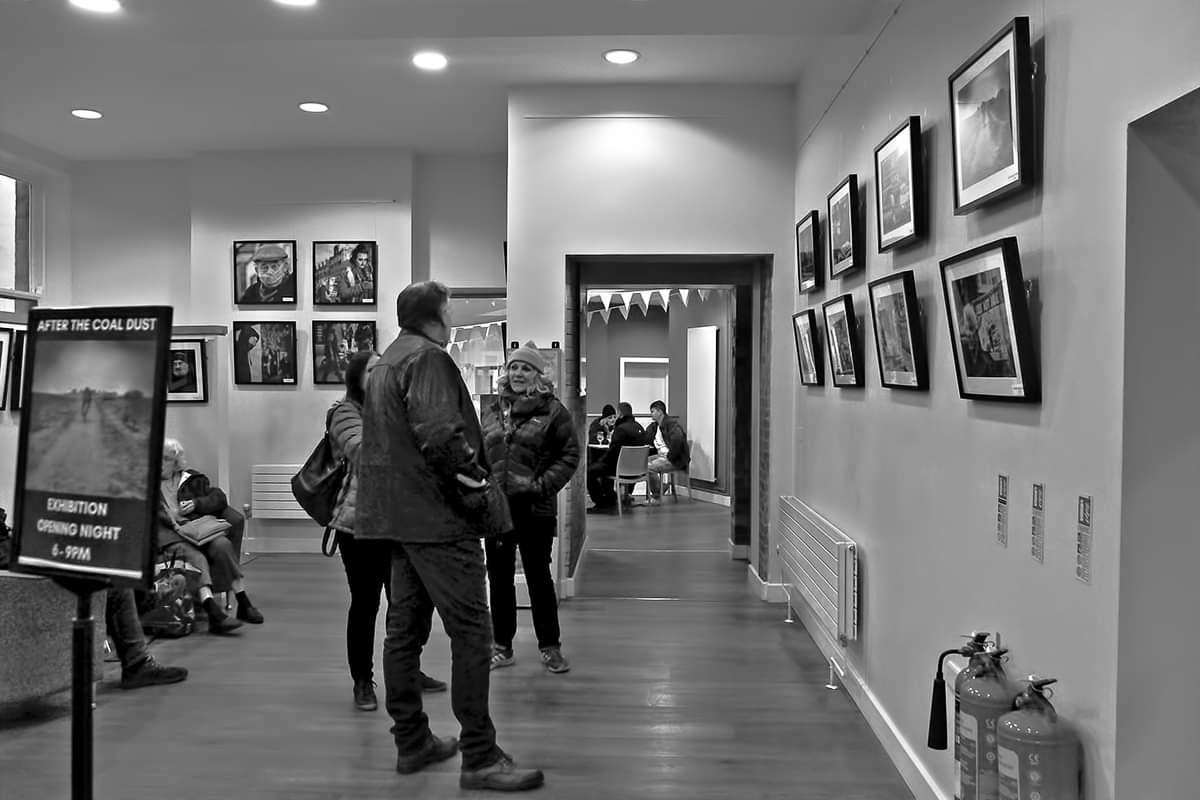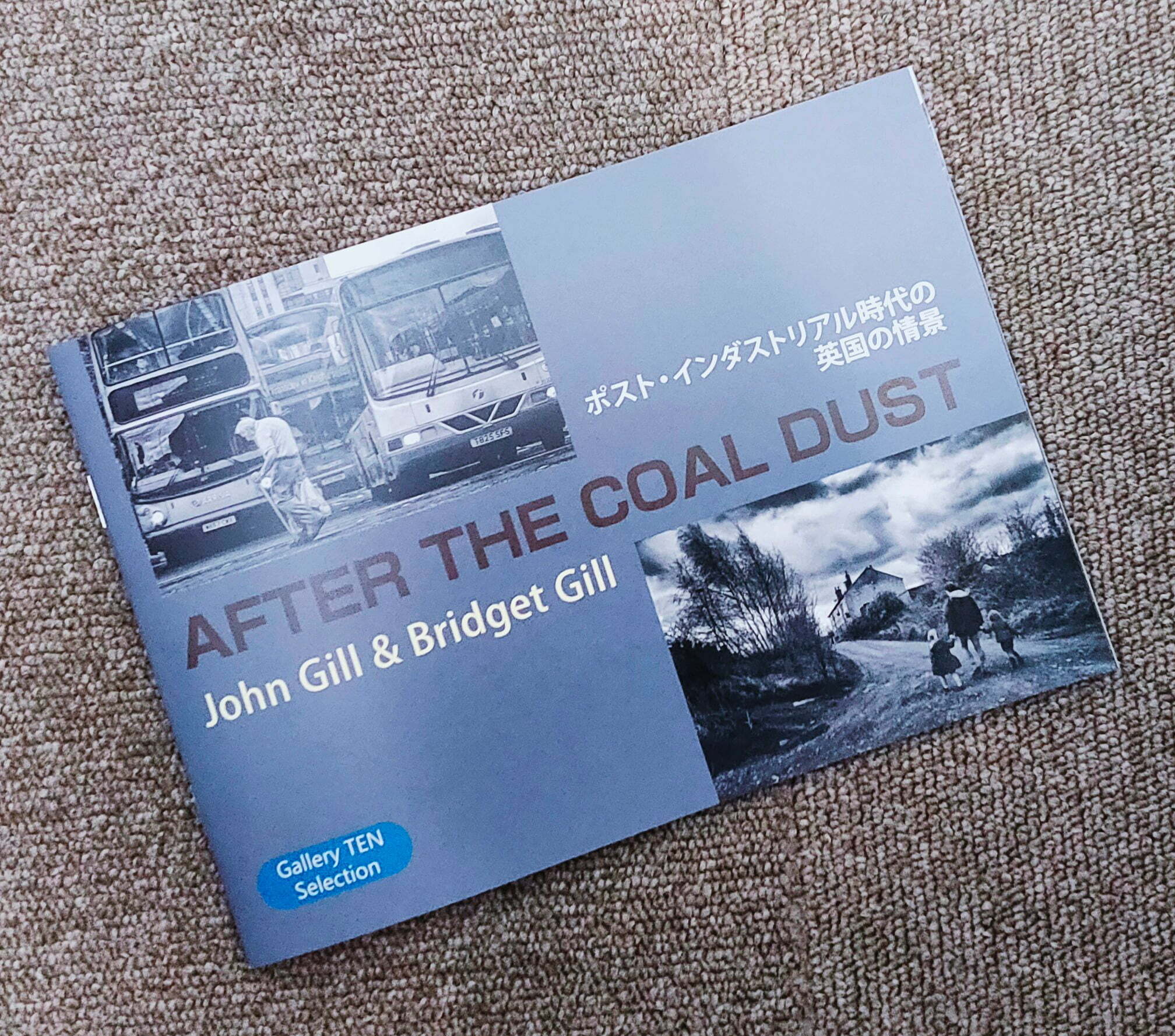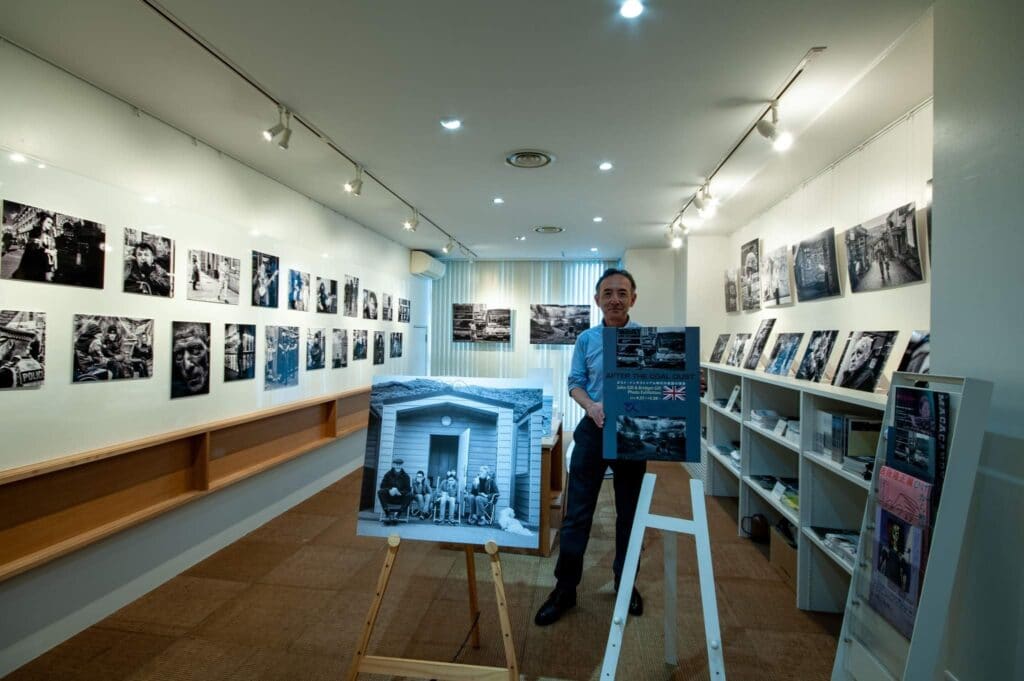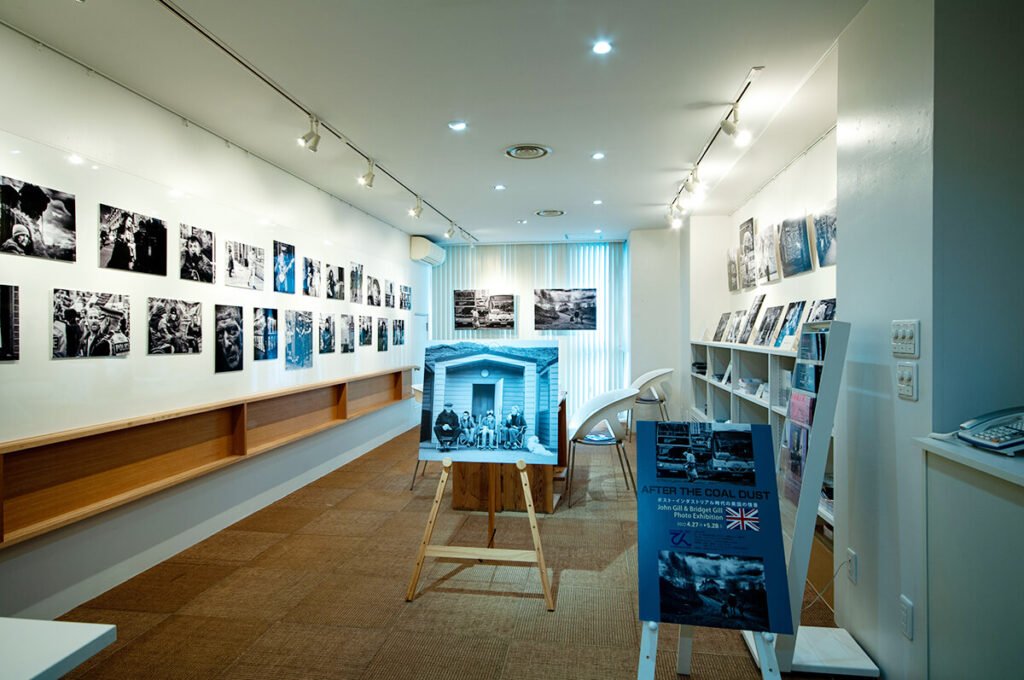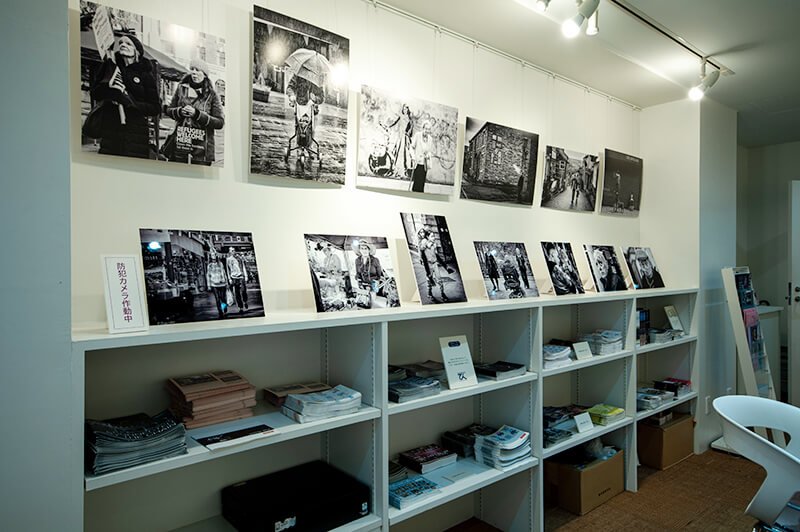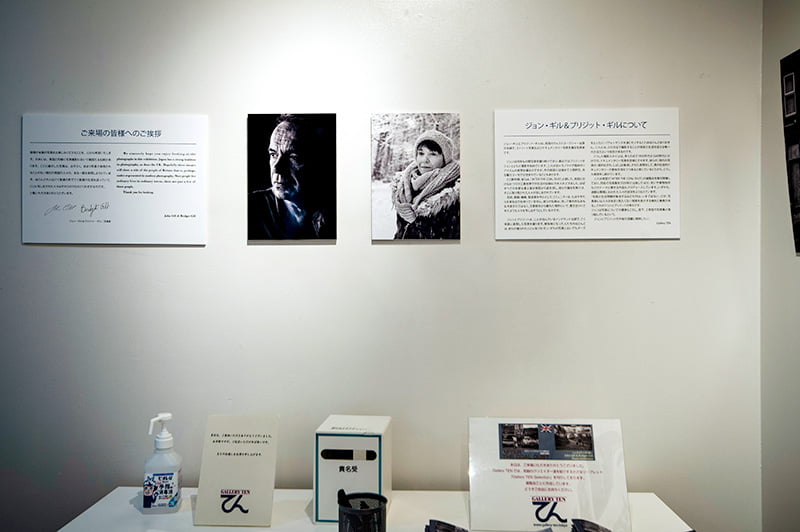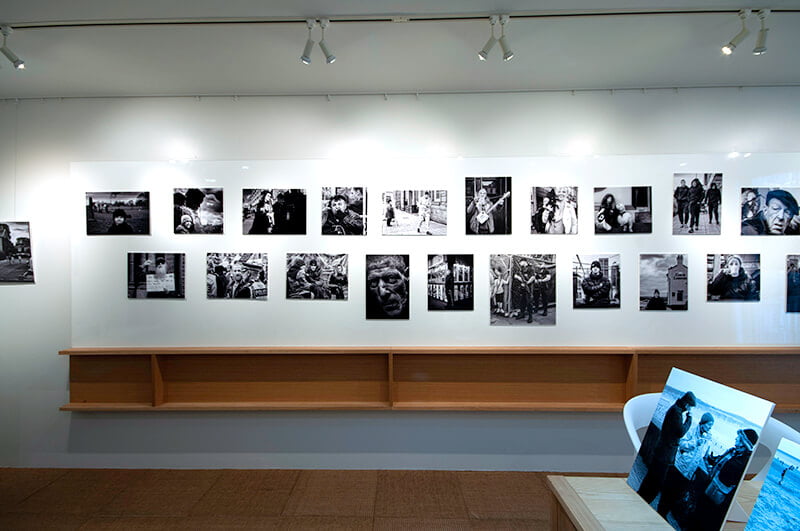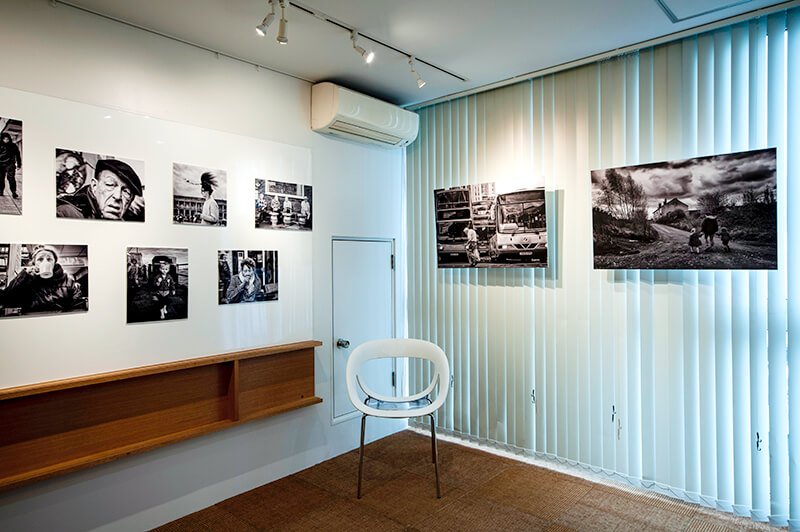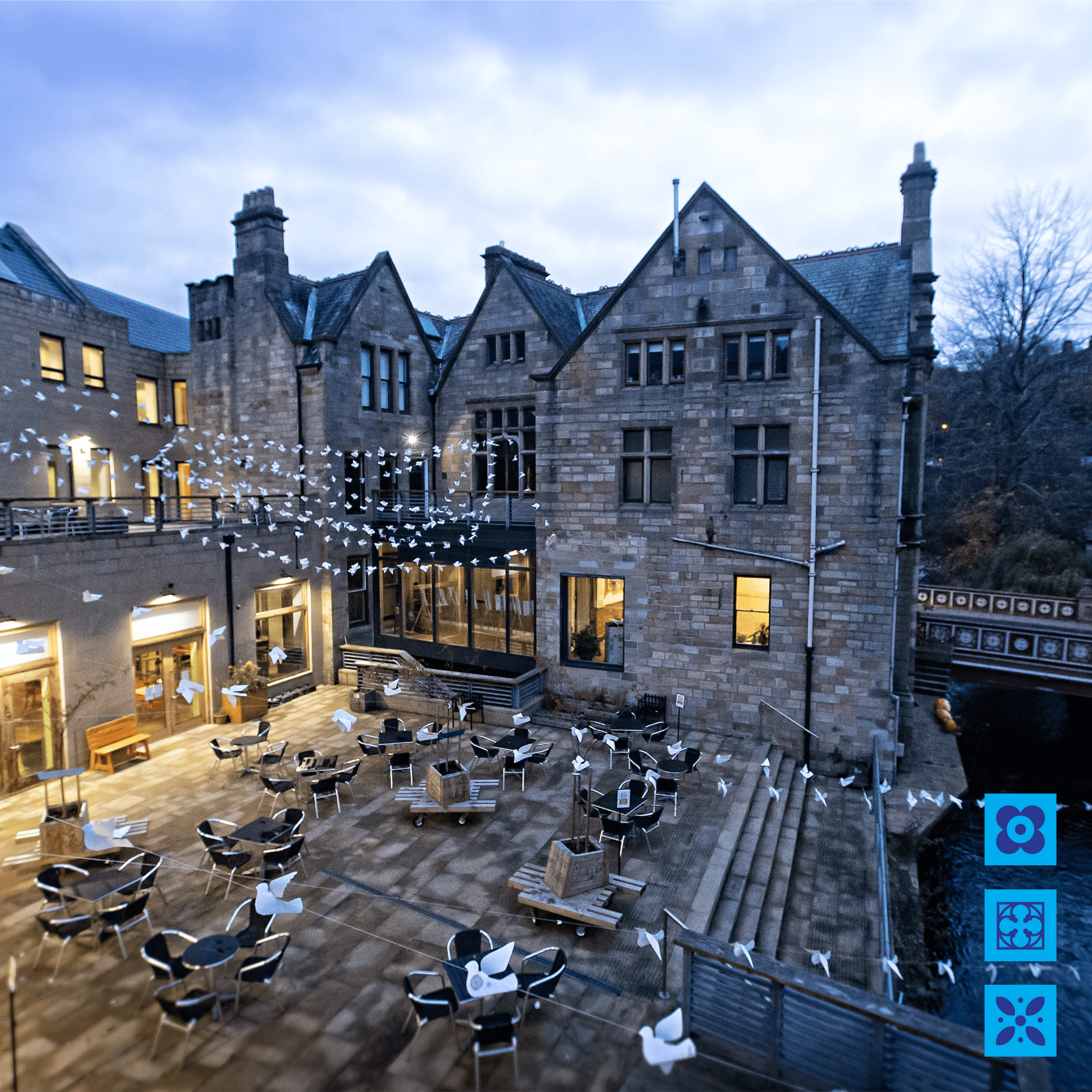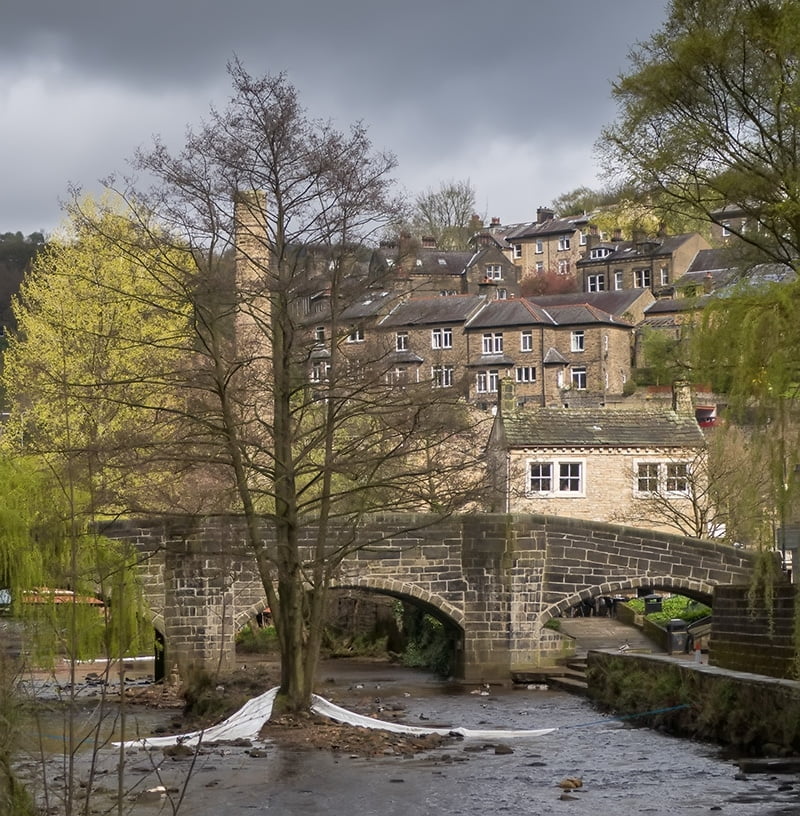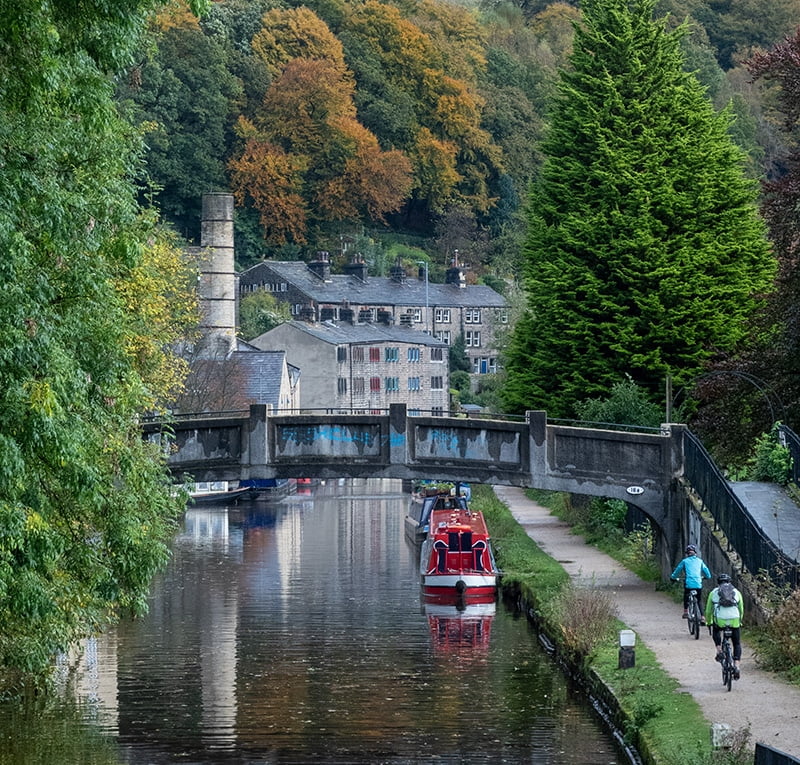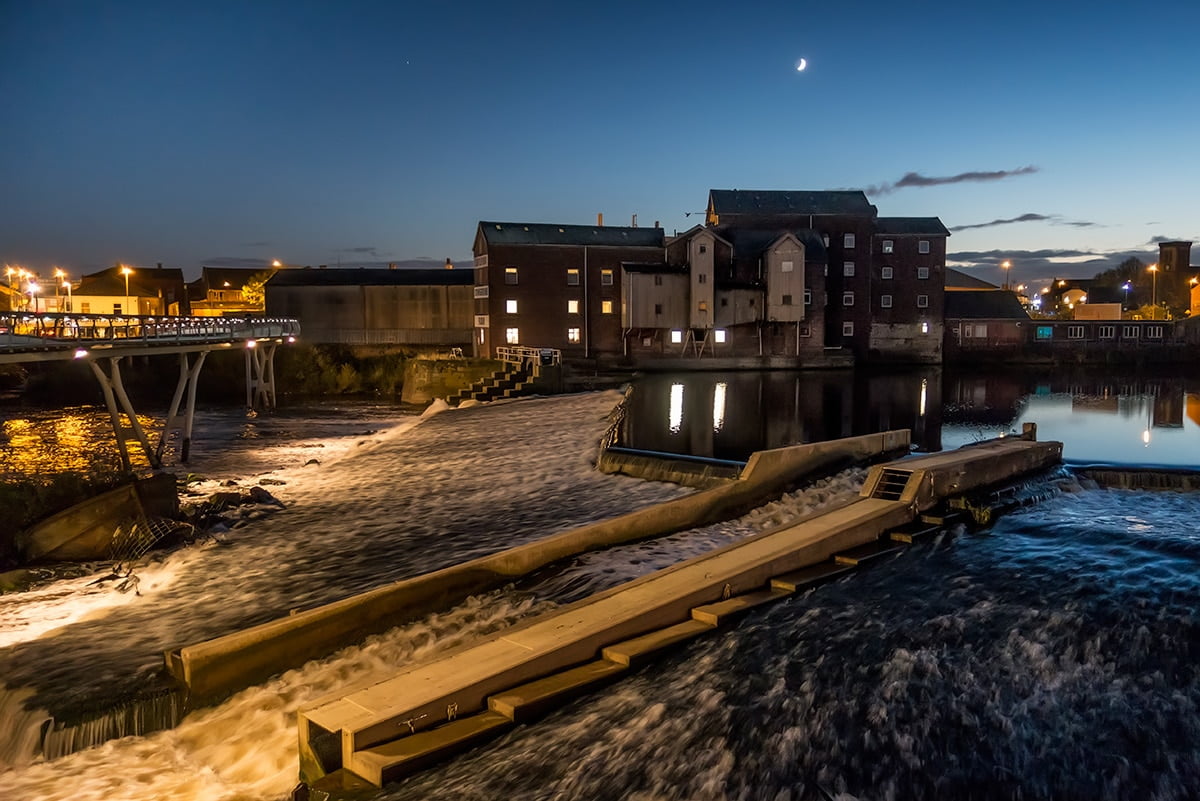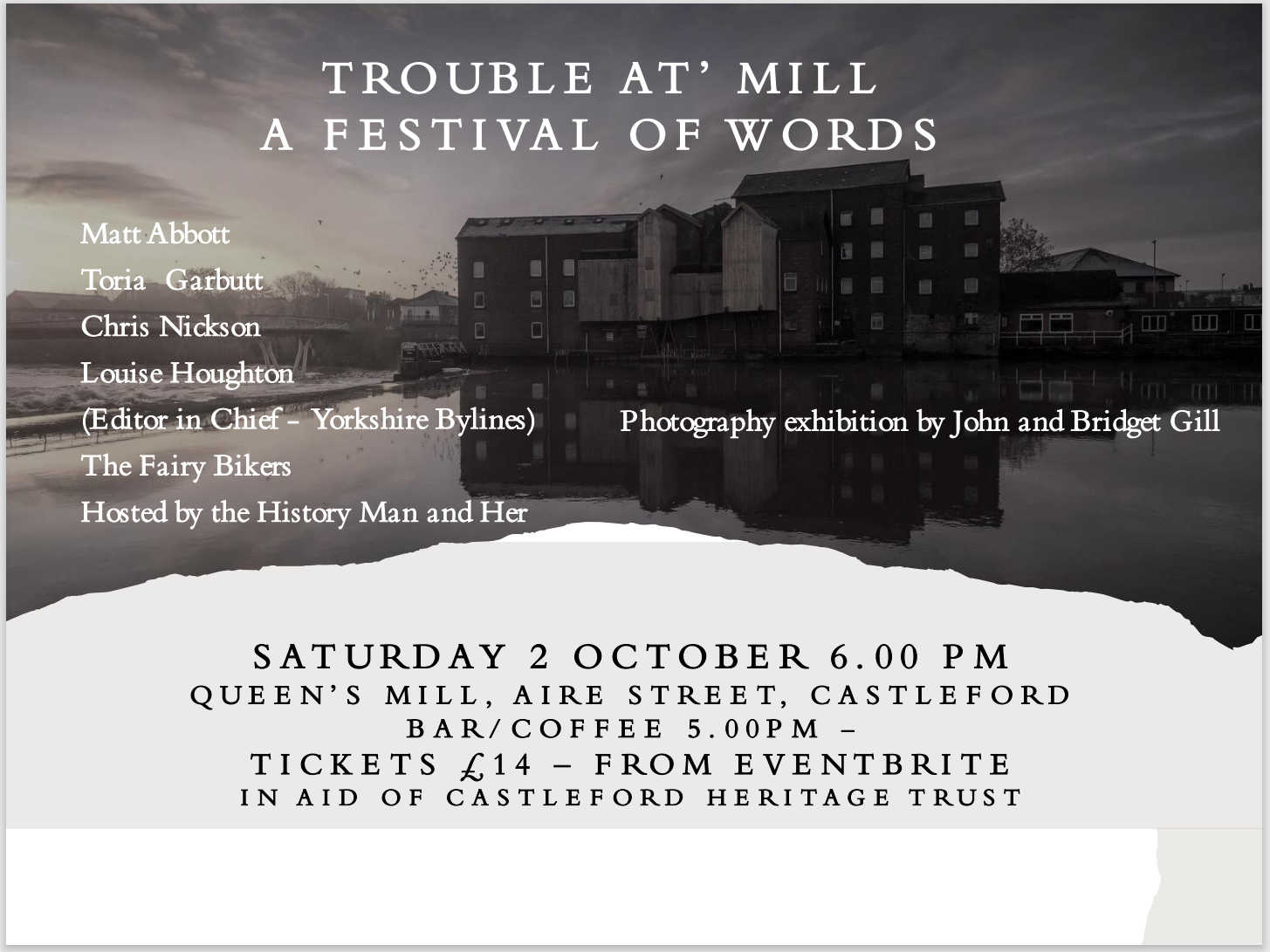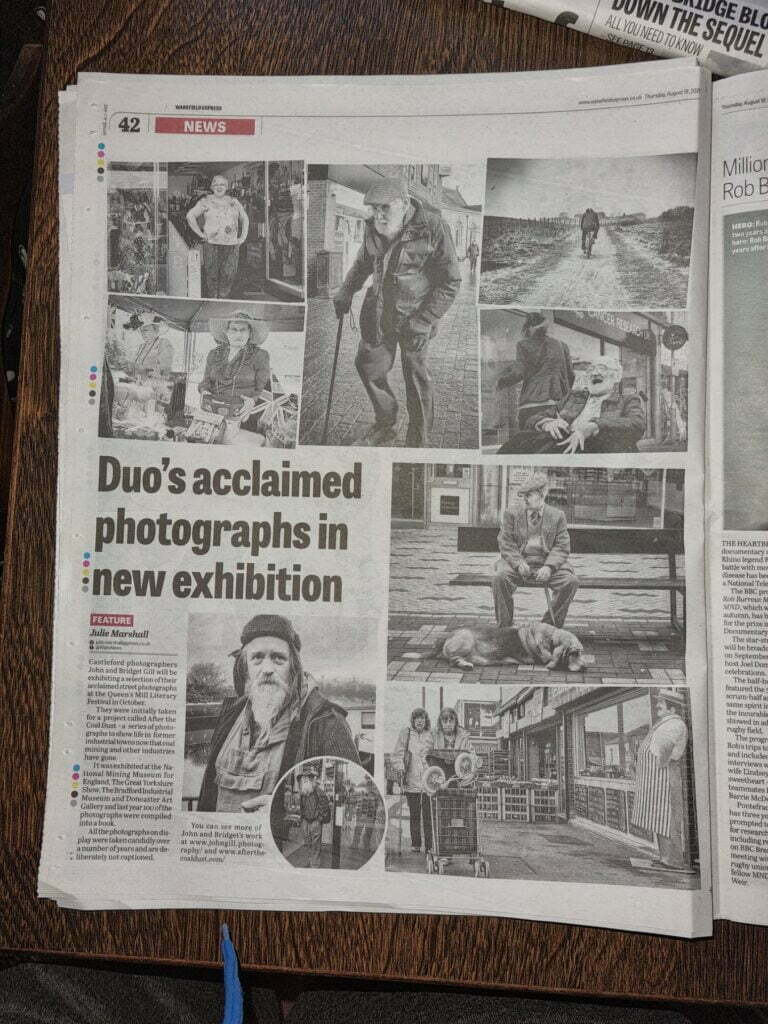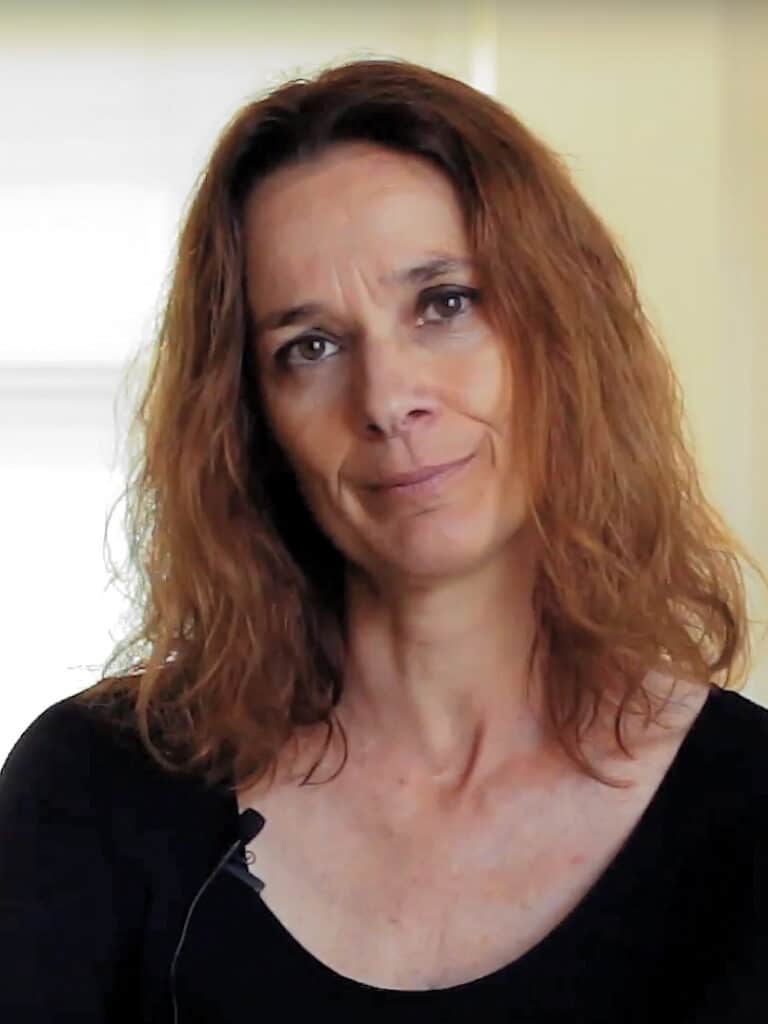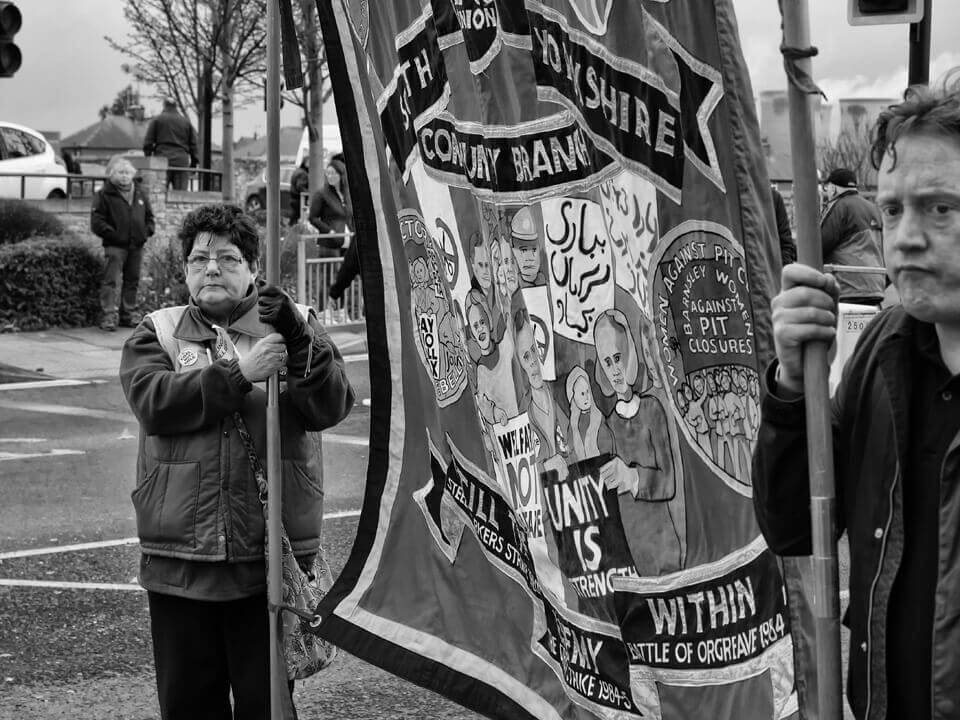A great review of our After the Coal Dust book on the Progress site in Italy.
“This is one of the very best books of photography to come to the table.”
Margaret Thatcher’s conservative government, with their forced closures of coal mines and privatisation, caused an enormous social shock, which was met with indignation across the media and throughout society.
These photographs of John and Bridget Gill are full of that coal dust. The statement of “whether to cry or laugh is hard to say,” is loudly proclaimed in front of Kellingley, the last of hundreds of mines to be closed amidst the protests (“Work, not prison”). But there’s more, for this pair of photographers go further, testifying to the societal impact of such government measures. From the 1990s and beyond 2000 they scan Yorkshire, the cities and towns that suffered the wave of destructive conservatism, as they follow individuals through the streets, surprising them at the market, in bars, wherever there are eyes staring into their cameras, tired, frowning faces, wasted (the photos taken in Castleford, Leeds, Pontefract, for example) in black and white…
But not everything is lost, the three old ladies from Castleford who laugh are not the only ones; Selby’s man, glasses raised on his forehead, looks upward in hope, to the sky. There are also children playing, three of which are in front of the magnificent shelves of the ice cream shop. With English aplomb one gentleman performs in Leeds and another, adorned with an explorer’s helmet, seems to have just arrived from the Great Empire.
Bridget and John Gill reflect the variety of the routine observed, arriving in Scarborough, the coastal towns reminiscent of Robin Hood, pirates, fun loving people. Some lighter moments aside, their photographic essay exposes the suffering and poverty, the Covid epidemic and homelessness. It has to be said that the Gills’ great excursion into this region of England may be less glittering and sumptuous than the usual image we have in our minds of Great Britain, however, they remain as a memento ‘the faces’, the sixteen faces in small format, almost tiles of a twilight gallery, where the wrinkles, the dark circles, the lips tightened on the cigarette, tell the story, face on or in profile, of an era tragic, but not yet over. The Gills and their book is more than just a remembering, it’s an archive of an historic time.
“This is one of the very best books of photography to come to the table.”

